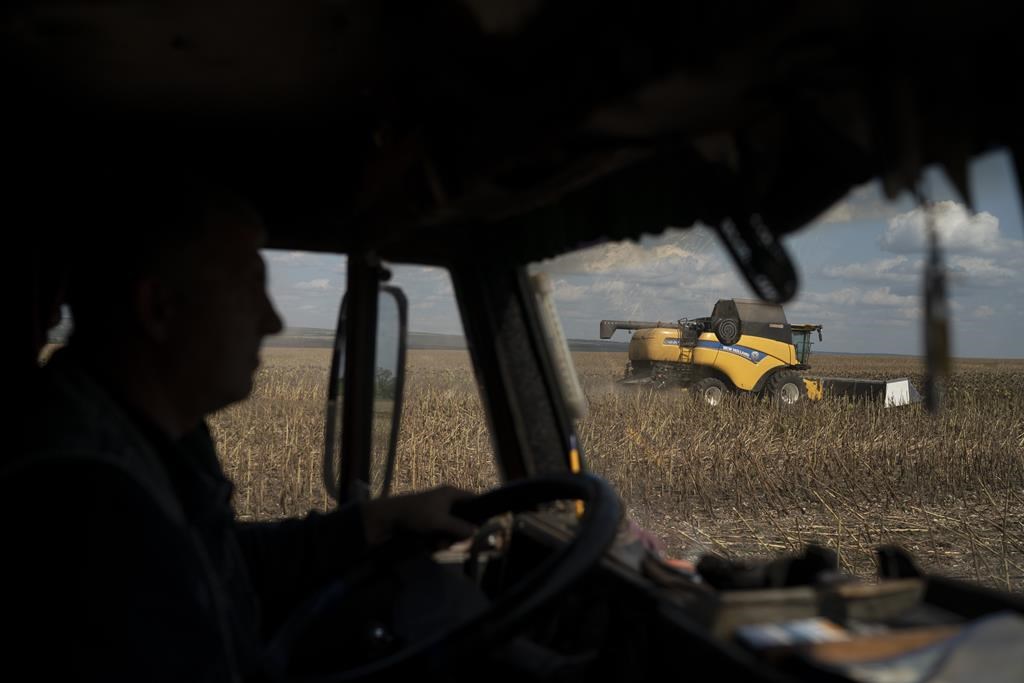A report has been released by the National Farmers Union to push farmers to reduce greenhouse gas (GHG) emissions as the province works towards net-zero emissions.

It states that agriculture emissions in Saskatchewan are rising steadily.
“This is similar to the national picture of what we see when emissions are going up,” said John Mills with the National Farmers Union.
According to the report, Saskatchewan makes up roughly 40 per cent of the country’s cropland, 20 per cent of the cattle herd and almost 30 per cent of Canada’s GHG emissions from agriculture.
It claimed in the last several decades, nitrogen fertilizer and diesel fuel combustion are the main causes of the spike in emissions.

Get breaking National news
“Nitrogen fertilizer usage increased by a factor of four from 1990 to 2021 and so obviously, when you are increasing the usage that much, you are going to see increasing emissions,” Mills said.
Mills said that the report was focused on cataloging the emissions that exist but doesn’t point to greener alternatives.
“The goal here was just to make sure we had a common understanding.”
He noted that Canada has committed to reducing GHG emissions by at least 40 per cent by 2030 and reach net zero by 2050.
“The Government of Canada is going towards a 30 per cent reduction in emissions from nitrogen fertilizer and that is pushing people to look into other alternatives.”
Mills said that if the province is looking to move towards significant reductions in emissions in agriculture, a deep understanding needs to be had of the current issues.
“Agriculture in the Maritimes looks a lot different than agriculture in Saskatchewan, so it’s really important when we are looking at the solutions for where agriculture can address climate change to see how it’s going to look different at provincial levels,” Mills said.
“We need to recognize that we are in a place where those emissions are actually going the wrong direction right now.”








Comments